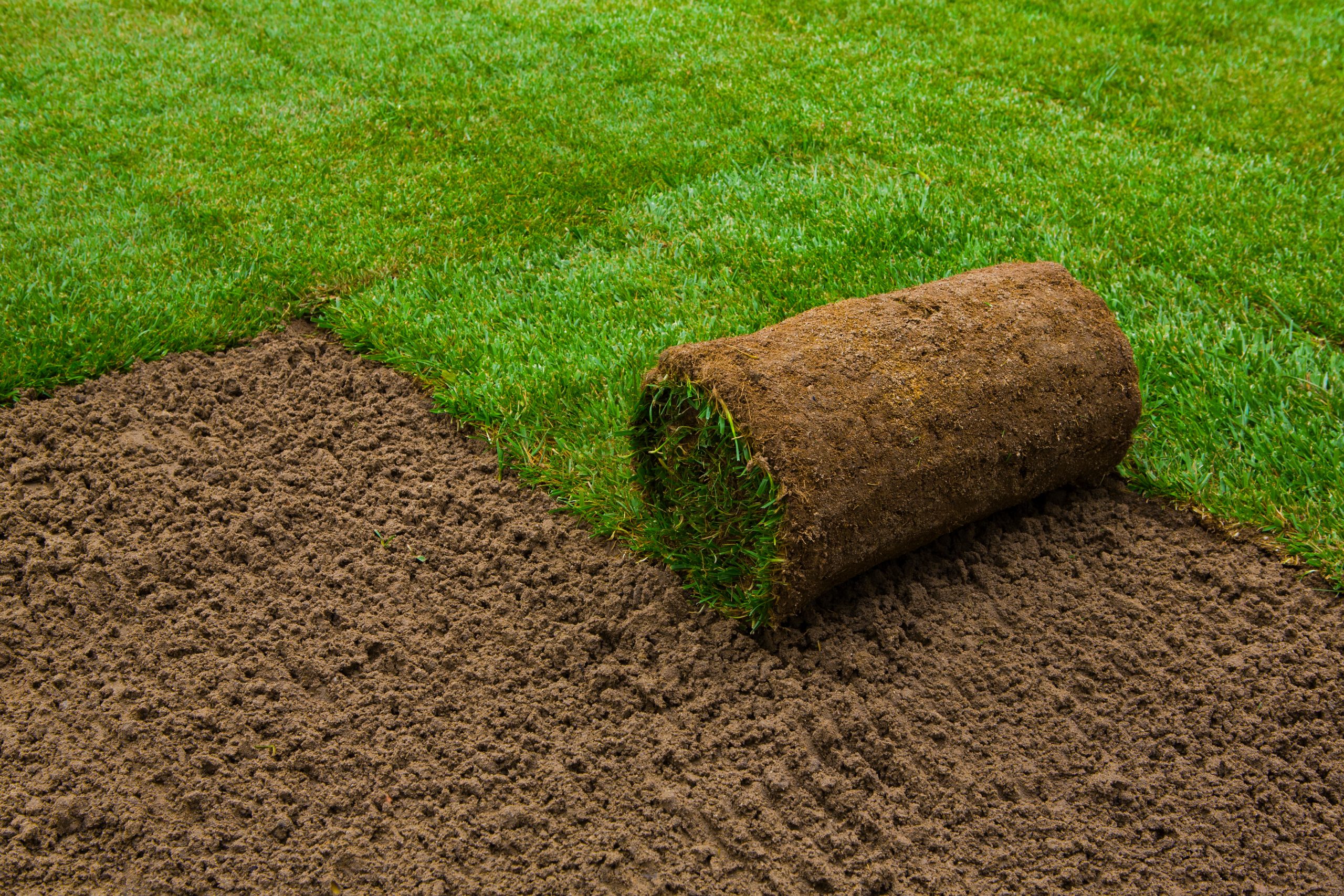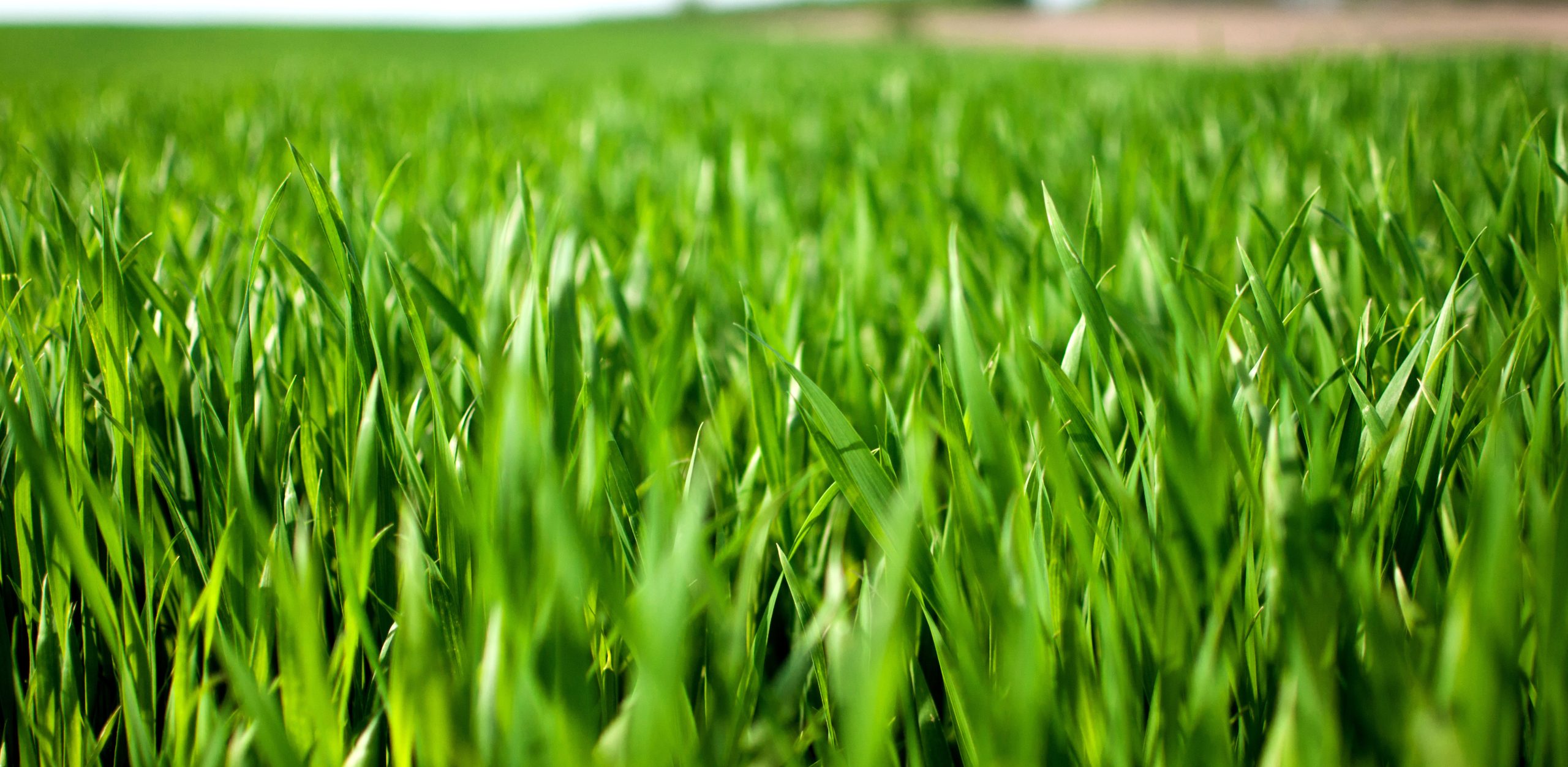Successful sod establishment doesn’t just happen. It involves thorough preparation and careful planning to give the new turfgrass stand a healthy environment to root and grow. This blog post will discuss how to do just that, including when it’s safe to use herbicides on a newly sodded area.
Preparing for Sod
The preparation for sod installation is similar to the preparation for seeding projects. It involves removing old growth and readying the soil. When done correctly, this preparation helps sod establish well.
The first step is to kill any existing vegetation. A non-selective herbicide, such as glyphosate, is typically a good tool for the job. If you can’t use glyphosate, you can also make repeat applications of glufosinate. Another way to eliminate old plant material is to cover the area with polyethylene sheets for a few weeks. These sheets work by starving the plant of water and sunlight while heating the soil to kill the plant.
The second part of the preparation process is to ensure a good soil environment for the sod to root. This involves removing any debris, such as leaves, sticks, or rocks. As with a seeding project, the idea is to maximize soil contact for the best establishment. You’ll also want to break up the soil by tilling or, at a bare minimum, raking the area.
The final element of preparation is applying a starter fertilizer to the soil before laying the sod. Lightly rake the fertilizer into the soil, and you’ll be ready to lay the sod. The reason you should make this application before laying the sod is that any amount of traffic—even just foot traffic—on new sod can cause it to shift. This shifting can create irregularities in the surface that will be problematic for years to come.
After you’ve laid sod, consider applying a wetting agent to help it establish. Through testing, we’ve found that wetting agents speed up rooting by driving water to the rootzone. Once the sod has taken root, an application of Grow-In will also help with establishment. Grow-In is an all-in-one product from Foliar-Pak that delivers the foliar nutrients most necessary for rapid turfgrass establishment, along with a biological package specifically designed to bolster low organic soils. These qualities make Grow-In an excellent first application on a newly sodded area.
Pre-Emergent Herbicides
When it comes to weed control on recent sod installations, you have to be careful to avoid damaging the new turfgrass stand. Don’t apply pre-emergent herbicides on sod until it has rooted. At that point, it should be able to withstand the traffic from your application equipment. Dithiopyr (Dimension) is the best option for this application. Avoid prodiamine at this time, because it can inhibit the root growth of the new sod.
Post-Emergent Herbicides
After the sod has rooted, you can also apply post-emergent herbicides. Just be sure to check product labels for the exact application timing. On cool-season grasses, mesotrione (Trione) is a great selection because it takes out many difficult broadleaf and grassy weeds with minimal impact on the rooting sod. You could also apply mesotrione on a starter fertilizer after the sod has rooted.
Your ATS sales rep can help you find the right products for your next sodding project. Contact them today with any questions about sodding practices and products for success.













